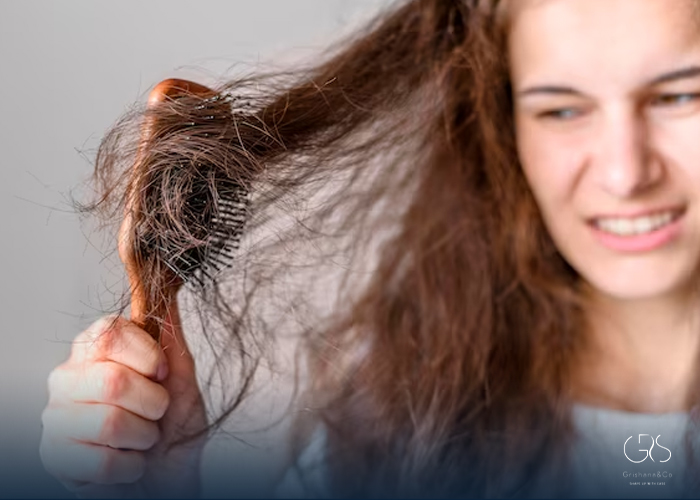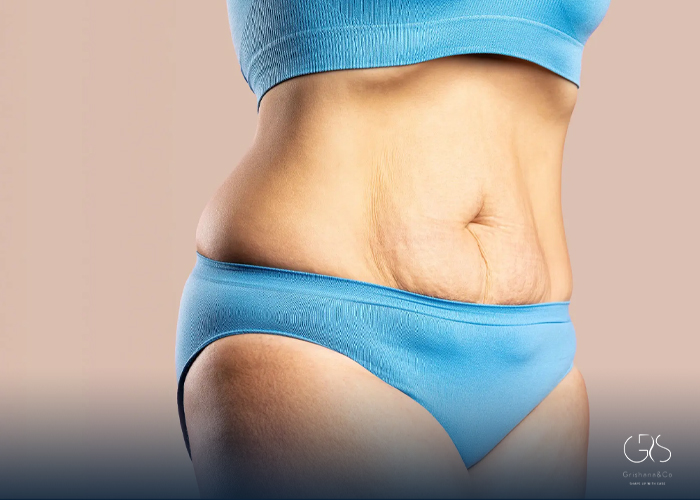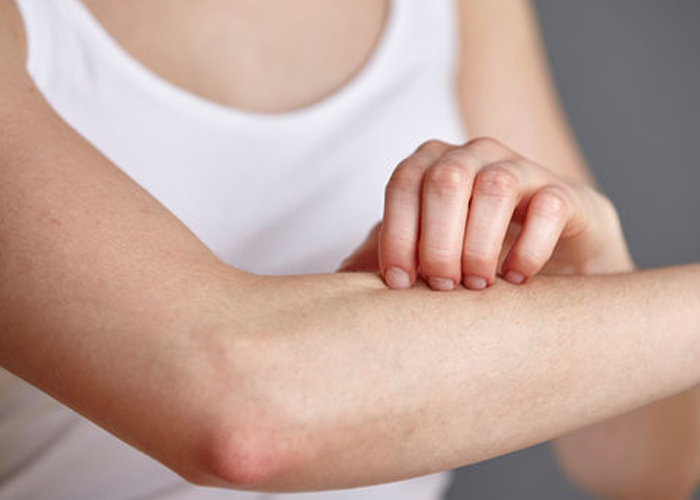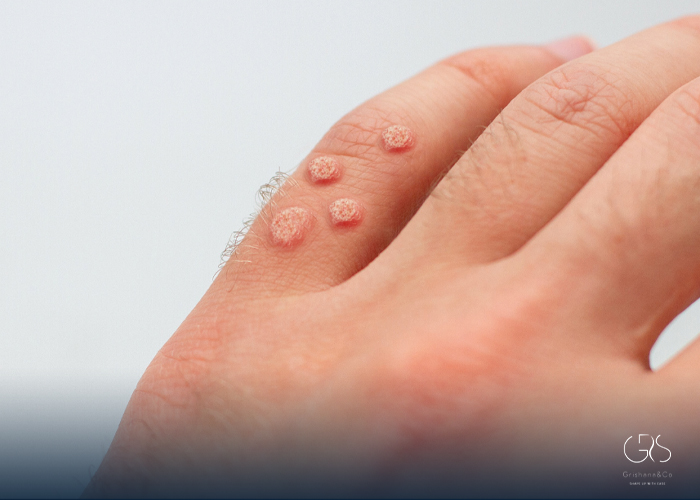Uncombable Hair Syndrome (UHS), also known as “spun glass hair syndrome,” is a rare genetic condition that affects the hair, making it unruly, unmanageable, and resistant to combing or brushing. This condition, first documented in the 1970s, mainly affects children, but can persist into adulthood. In this article, we will delve into the symptoms, causes, and available treatments for Uncombable Hair Syndrome, and shed light on this lesser-known condition.
Symptoms of Uncombable Hair Syndrome
The primary characteristic of Uncombable Hair Syndrome is the distinct appearance of the hair. Affected individuals typically have fine, straw-like, and frizzy hair that stands away from the scalp. The hair takes on a triangular or kidney-shaped section, and it is often dry and rough to the touch. Despite attempts at combing or brushing, the hair remains wild and resistant to styling. Other associated symptoms may include slower hair growth and varying hair color, such as shades of blonde, silver, or red.

Causes of Uncombable Hair Syndrome
Uncombable Hair Syndrome is caused by mutations in certain genes that regulate hair structure and growth. It is primarily inherited in an autosomal dominant manner, meaning that a single mutated gene from one parent is enough to cause the condition. However, it can also occur sporadically, without a familial history. One of the known genes associated with UHS is PADI3, which is responsible for the production of an enzyme called peptidylarginine deiminase 3, essential for hair shaft formation.

Available Treatments and Management
Currently, there is no known cure for Uncombable Hair Syndrome, and most treatments aim to manage the condition and improve the hair’s appearance. Conditioning treatments, specialized shampoos, and hair oils can help moisturize and soften the hair, making it more manageable. Additionally, avoiding excessive heat styling, such as blow-drying and flat-ironing, can prevent further damage to the hair.
Furthermore, it is essential for individuals with UHS and their families to receive emotional support and education about the condition. Support groups and counseling can help individuals cope with any self-esteem concerns or psychological effects that may arise due to the unique appearance of their hair.
Statistics and Diverse Perspectives
Exact statistics on the prevalence of Uncombable Hair Syndrome are unknown, mainly due to the rarity of the condition and the lack of comprehensive studies. However, it is estimated that UHS affects about 100 individuals worldwide, making it extremely rare. It is crucial to take into account diverse perspectives, including the experiences of individuals living with UHS, their families, and medical professionals, in order to gain a comprehensive understanding of the impact this condition has on their lives.
Conclusion:
Uncombable Hair Syndrome is a rare genetic condition that affects the hair, making it unruly and difficult to manage. The distinct appearance of the hair, coupled with associated symptoms such as slower hair growth and varying hair color, sets it apart from typical hair conditions. While there is no known cure for UHS, treatments and management strategies exist to improve the hair’s appearance and reduce damage. Emotional support and education are also crucial for individuals and their families to navigate the unique challenges posed by this condition. Raising awareness and understanding about Uncombable Hair Syndrome is essential to ensure early diagnosis and access to the appropriate care and support for those affected.
Sources
- Uncombable Hair Syndrome, National Organization for Rare Disorders
- National Institutes of Health, Uncombable Hair Syndrome
- Dermatology Online Journal, Uncombable Hair Syndrome









